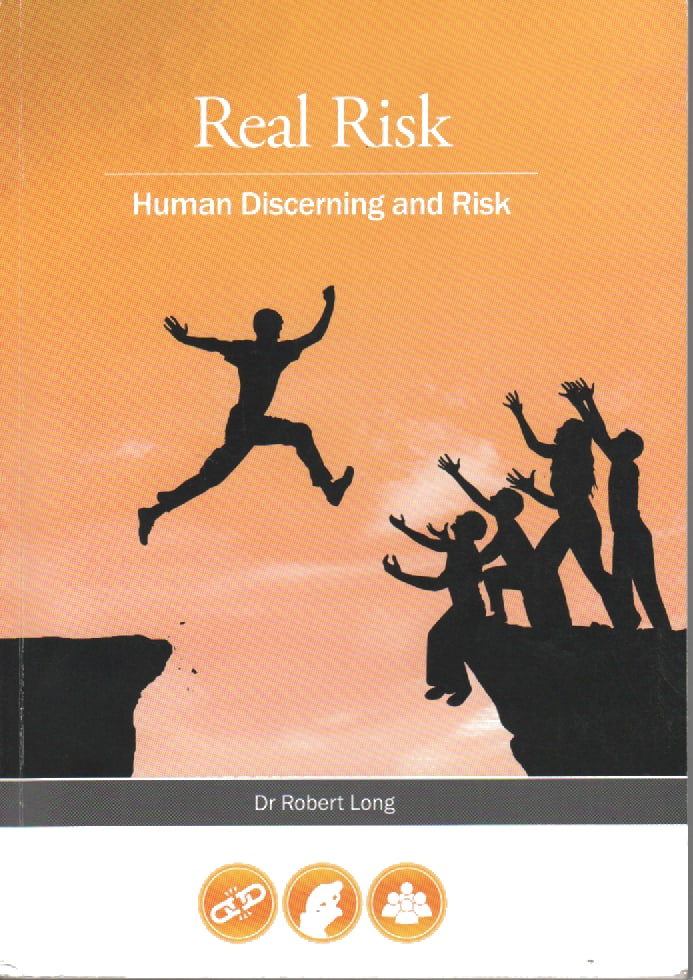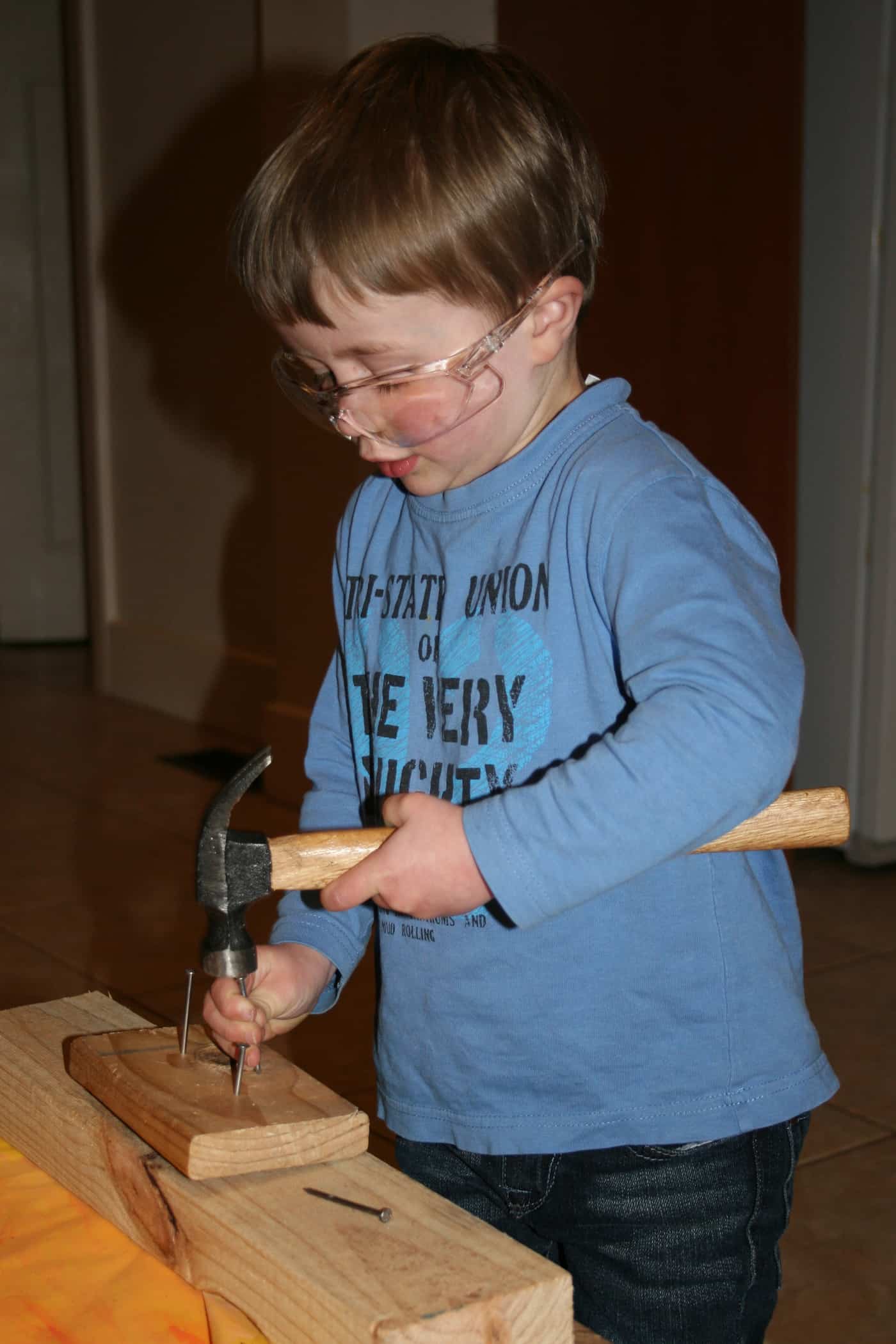Login or subscribe to SafetyAtWorkBlog to continue reading.
Category: gender
What can we learn from a failure in leadership?
 Many OHS professionals state that leadership is a crucial element to establishing a safety culture and then support this with examples of positive leadership. But some people fail at leadership and failure is often more instructional than success. Recently the CEO of Orica, Ian Smith, had to resign after his abusive manner resulted in the resignations of two employees. This is bad enough but when the Board hired Smith around three years earlier, the Board saw his manner as attractive. If leadership is crucial to a safety culture, what does this say about Orica’s decisions?
Many OHS professionals state that leadership is a crucial element to establishing a safety culture and then support this with examples of positive leadership. But some people fail at leadership and failure is often more instructional than success. Recently the CEO of Orica, Ian Smith, had to resign after his abusive manner resulted in the resignations of two employees. This is bad enough but when the Board hired Smith around three years earlier, the Board saw his manner as attractive. If leadership is crucial to a safety culture, what does this say about Orica’s decisions?
The Chanticleer column of the Australian Financial Review (AFR) wrote on March 24 2015 (paywalled):
“The board’s determination to have Smith shake Orica to its foundations was so great it allowed him to destroy staff engagement and walk all over the company’s culture of mutual respect. What is so bewildering about this deliberately aggressive and occasionally bullying change management strategy is that it was endorsed by a range of respected non-executive directors…..”
Sniping in social media raises issues about hydration
A spat has recently emerged on one of the safety discussion forums in Linkedin. The catalyst was a statement that
““
The source of this data, not disclosed at the time of the original post, was a company that sells
“…a great tasting, scientifically proven mix of cutting-edge branch chain amino acids and low Gi carbohydrates for sustained energy release, combined with a formulated blend of electrolytes for optimum hydration in harsh Australian conditions”.
The discussion quickly refocused from the original safety concern to one of unreliability of statements; sadly the discussion also became personal and abusive. but the discussion raised two discussion points:
- The reliability of statements on the internet, and
- the issue of hydration and work performance.
Continue reading “Sniping in social media raises issues about hydration”
Important safety perspectives from outside the OHS establishment
 When people mention safety, they are often really talking about risk. In a similar way, people talk about the absurdity of ‘elf ‘n’ safety when they actually mean public liability or food safety or HACCP. And when some professionals talk about risk management they mean minimising the cost to the employer or controlling reputational damage.
When people mention safety, they are often really talking about risk. In a similar way, people talk about the absurdity of ‘elf ‘n’ safety when they actually mean public liability or food safety or HACCP. And when some professionals talk about risk management they mean minimising the cost to the employer or controlling reputational damage.
Recently two books were released that illustrate the limitations of the current Western/patriarchal society’s approach to workplace safety. Dr Dean Laplonge has written about gender and its role in making decisions and Dr Rob Long has written his third book on risk “Real Risk – Human Discerning and Risk“. Both deserve close reading and that reading should be used to analyse how safety professionals conduct their work, the organisational environment in which they work and the cultural restrictions imposed in their technical education.
Laplonge has written a book out of the extensive research and training on gender issues in the mining industry. “
Analysis needed on new workplace bullying data
In December 2013 I wrote:
“The Age is correct in saying that claims of workplace bullying are “set to soar”. This has been predicted for some time, even privately by members of the Fair Work Commission, but the number of claims does not always indicate the level of a problem.” (link added)
Recently the Fair Work Commission (FWC) released its
New book provides fresh context to OHS
 SafetyAtWorkBlog regularly receives excellent review books from the New York publishing company, BaywoodPublishing. The latest is entitled Safety or Profit? – International Studies in Governance, Change and the Work Environment. I have yet to get beyond the introduction to the chapters by Australian academics on precarious workers (Quinlan) and the decriminalisation of OHS (Johnstone) but the introduction is fascinating.
SafetyAtWorkBlog regularly receives excellent review books from the New York publishing company, BaywoodPublishing. The latest is entitled Safety or Profit? – International Studies in Governance, Change and the Work Environment. I have yet to get beyond the introduction to the chapters by Australian academics on precarious workers (Quinlan) and the decriminalisation of OHS (Johnstone) but the introduction is fascinating.
The most fascinating is its discussion of Lord Robens’ Report of the Inquiry into Health and Safety at Work from 1973. The editors, Theo Nichols and David Walters, question the “major advance” many claimed for the Robens report by comparing it reviews 40 years earlier. Nichols and Walters quote the conservatism that led to Robens seeing criminal law as being “largely irrelevant”, and legal sanctions being “counter to our philosophy”. However, they do admit that Robens was prophetic on the growth of self-regulation and the duties of care.
Nichols and Walters also remind us that the Robens-inspired Health and Safety At Work Act of 1974 did not recommend the creation of Occupational Health and Safety (OHS) representatives.
One is never too young to learn about safety but we may be too old to change
Recently a colleague of mine expressed regret that occupational health and safety in Australia is no longer occupational. Occupational health and safety (OHS) established its parameters in its title but now most of Australia is bound to Work Health and Safety laws. Work is more than a workplace and so the discipline, the OHS profession, became more complex. Some would say that it has always been complex and that many OHS professionals failed to see the bigger picture, the broad social context of workplace health and safety.
 I was reminded of my colleague’s regrets when someone on a construction site recently asked for my opinion on some pictures of her son, at a childcare centre, hitting some nails into a block of wood. The boy (pictured right, at home) was wearing safety glasses, albeit a little large; the “work area” was separated from the rest of the children and the boy was supervised at all times by a child care worker. I was told that some of the parents had expressed concern that such an activity should not be happening in a childcare centre due to the potential risk to other children.
I was reminded of my colleague’s regrets when someone on a construction site recently asked for my opinion on some pictures of her son, at a childcare centre, hitting some nails into a block of wood. The boy (pictured right, at home) was wearing safety glasses, albeit a little large; the “work area” was separated from the rest of the children and the boy was supervised at all times by a child care worker. I was told that some of the parents had expressed concern that such an activity should not be happening in a childcare centre due to the potential risk to other children.
Continue reading “One is never too young to learn about safety but we may be too old to change”
